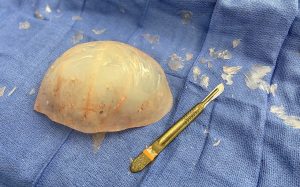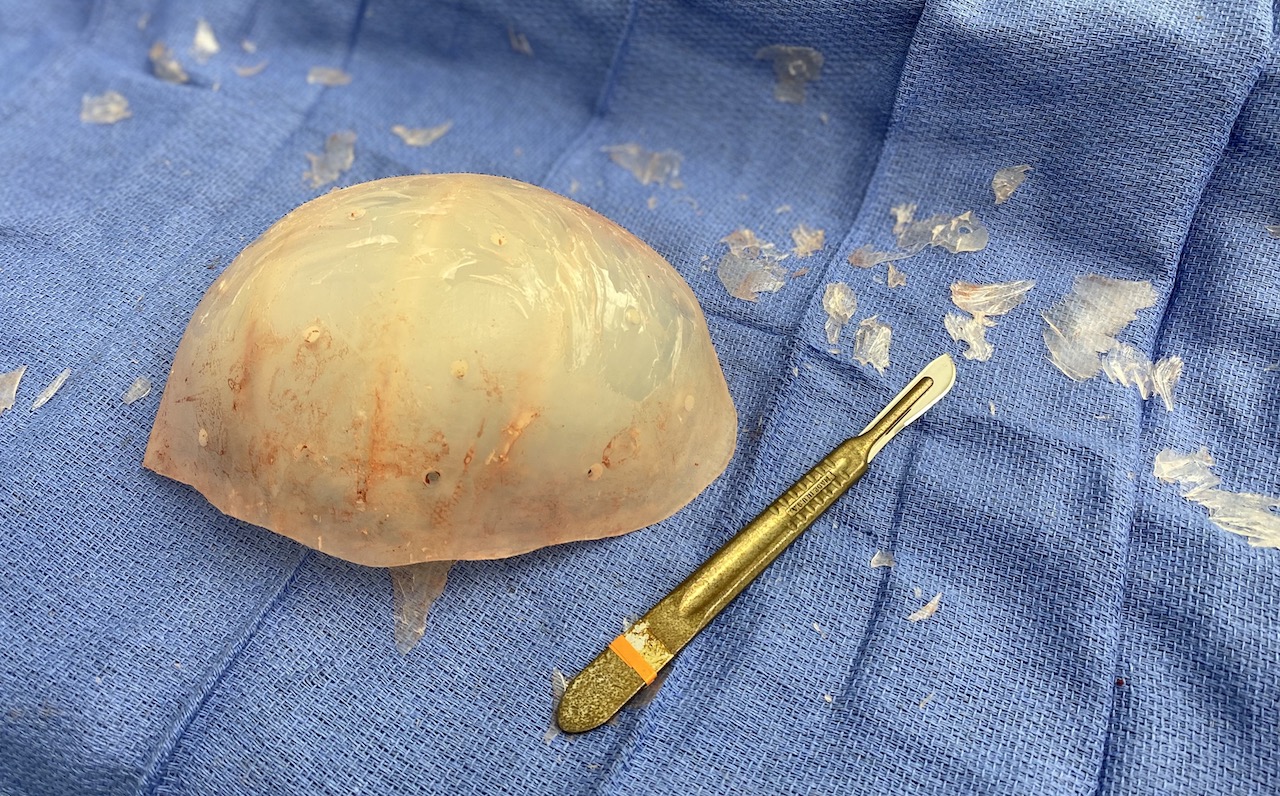The use of custom skull implants brings to head reshaping what implants have done for every other face and body area. It has opened up new aesthetic possibilities that patients previously thought were never possible. Since there are no standard skull implants presently and given the unique characteristics of everyone’s skull shape, a custom implant approach to aesthetic skull augmentation is clearly the superior treatment strategy.
Custom skull implants are designed using the patient’s 3D skull CT scan. While this assures a good fit on the underside of the implant, how to design its exterior for the exact desired effect one wants to achieve is less assured. How much augmentation is needed and where it is to be located in the implant design is as much art as it is a science. In addition to that unpredictability there is always the unknown of how any patient will react to a long-standing head shape change.

If more substantive changes are desired than a few millimeters in projection or along an implant convexity it is usually best to make a new skull implant design.
Dr. Barry Eppley
Indianapolis, Indiana



